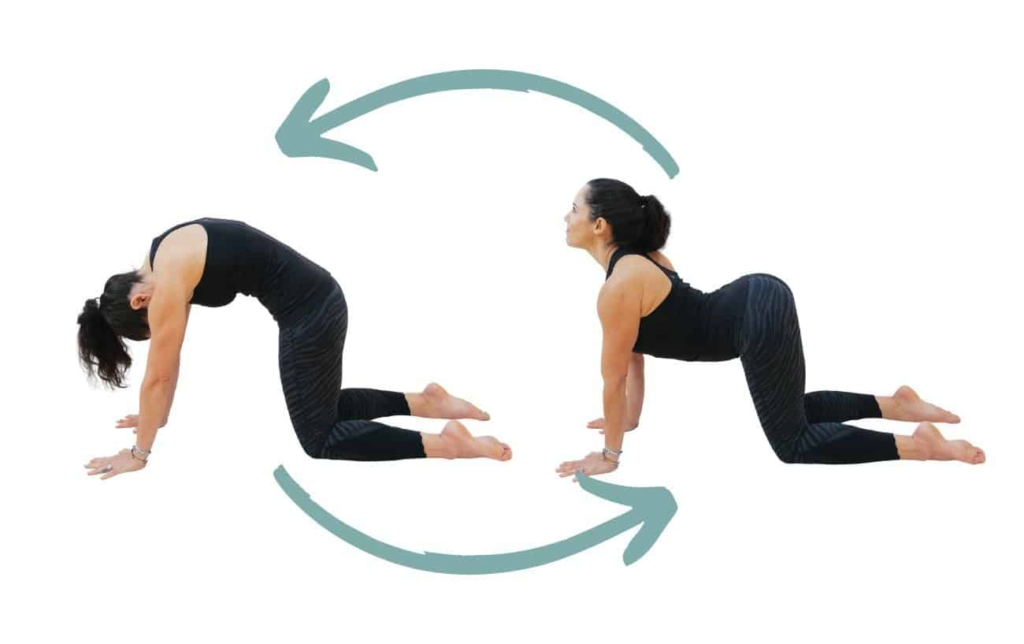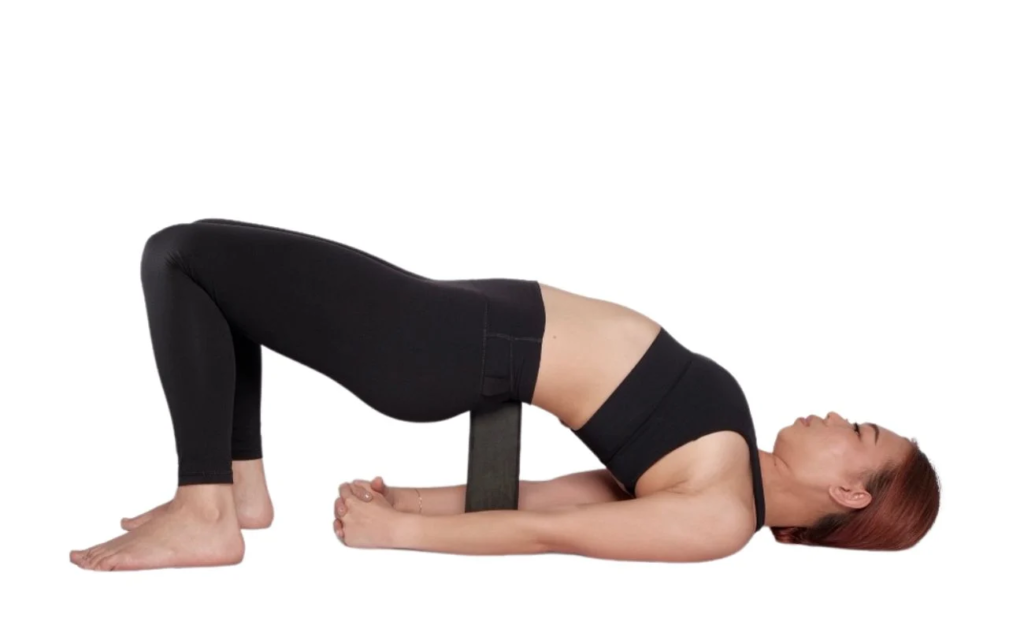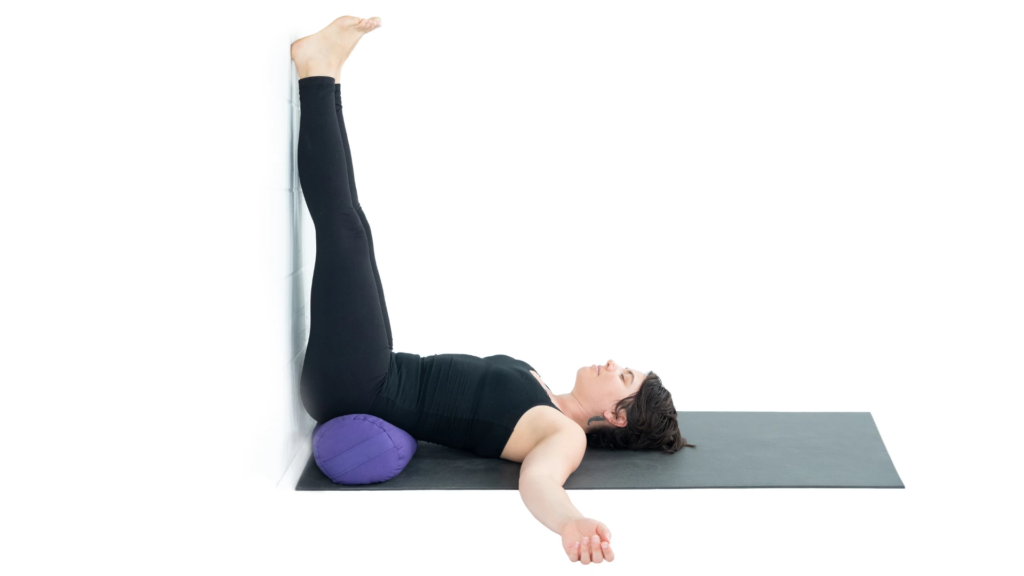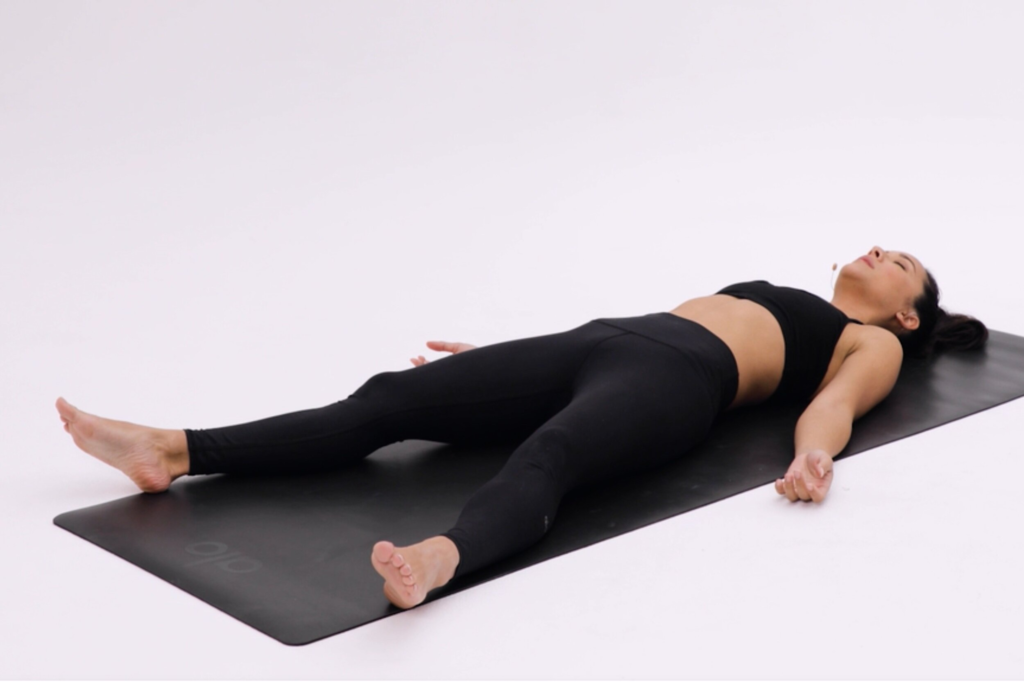Traumatic experiences can leave lasting imprints on both body and mind, affecting emotional well-being and overall quality of life. Trauma-informed yoga offers a gentle, compassionate approach to healing that honors the body’s natural ability to recover. This comprehensive guide explores trauma-informed yoga practices designed to foster emotional resilience, ease anxiety, and help you reconnect with your inner strength in a safe and nurturing environment.
Introduction: The Need for Trauma-Informed Yoga
Trauma is complex and personal. It may stem from events such as abuse, loss, accidents, or prolonged stress, and its effects can be deeply embedded in the body, manifesting as tension, anxiety, or dissociation. Traditional yoga practices can sometimes be overwhelming for those with trauma history, which is why trauma-informed yoga has emerged as a gentle alternative. This practice emphasizes safety, choice, and mindfulness to create a supportive space where healing can occur at your own pace.
Key Principles of Trauma-Informed Yoga:
- Safety: Creating an environment where you feel physically and emotionally secure.
- Empowerment: Encouraging personal choice and autonomy throughout the practice.
- Mindfulness: Focusing on the present moment to ground the mind and body.
- Gentleness: Avoiding triggers by using slow, deliberate movements and a compassionate approach.
Trauma-informed yoga isn’t about achieving perfect poses—it’s about learning to listen to your body, reclaiming your personal power, and gradually cultivating emotional resilience.
Understanding Trauma and Its Impact on the Body
How Trauma Manifests Physically
Trauma often leaves a lasting impact on the body, resulting in:
- Chronic Tension: Persistent tightness in the muscles, especially in the shoulders, neck, and back.
- Disconnection: A feeling of being “stuck” or detached from bodily sensations.
- Hyperarousal: Increased sensitivity to stimuli, leading to anxiety and difficulty relaxing.
- Somatic Memories: Physical sensations or postures that echo past traumatic events.
Recognizing these signs is the first step toward healing. Trauma-informed yoga addresses these manifestations by creating gentle movement patterns that promote self-awareness, gradual release of tension, and reconnection with your physical self.
The Role of Yoga in Healing Trauma
Yoga offers a unique pathway to recovery by integrating physical movement with breath awareness and mindfulness. Through intentional practice, you can:
- Rebuild a Sense of Safety: Establish a predictable, nurturing environment on the mat.
- Enhance Body Awareness: Reconnect with your body in a non-judgmental way.
- Release Stored Tension: Use gentle movements to release chronic muscle tightness.
- Cultivate Emotional Resilience: Develop tools for managing stress and anxiety through breath and mindfulness techniques.
By engaging in trauma-informed yoga, you learn to create space within yourself—a sanctuary where healing can occur gradually and safely.
Key Components of Trauma-Informed Yoga Practice
Trauma-informed yoga differs from traditional yoga in several crucial ways. Here are the core components that form its foundation:
1. Creating a Safe Environment
- Physical Safety: Use props like mats, blankets, and bolsters to provide physical support and comfort.
- Emotional Safety: Choose a quiet, private space free from distractions and triggers. The teacher’s tone should be calm, non-judgmental, and supportive.
- Verbal Guidance: Use language that is gentle and inclusive, allowing you to modify or opt out of any pose at any time.
2. Emphasizing Personal Empowerment
- Choice and Control: Always offer modifications and allow for personal adjustments. Empower yourself by knowing that you have control over every movement.
- Pacing: Allow the practice to unfold at your own speed. There’s no need to push or compete—your journey is unique.
- Mindful Awareness: Encourage focusing on sensations, emotions, and breath without trying to change them. This cultivates a deeper understanding and acceptance of your body’s responses.
3. Fostering Mindfulness and Presence
- Breath-Centered Practice: Use deep, mindful breathing to anchor yourself in the present moment.
- Gentle Movements: Choose slow, deliberate movements that promote awareness rather than strain.
- Meditative Pauses: Incorporate pauses between movements to reflect on bodily sensations and emotions.
Trauma-Informed Yoga Poses and Sequences
Below are some carefully selected poses and a sample sequence designed to help you reconnect with your body and build emotional resilience. These poses can be modified to suit your individual needs, ensuring that you feel safe and supported throughout your practice.
Gentle Warm-Up
1. Seated Breath Awareness (Sukhasana Variation)

- How to Do It: Sit comfortably with your legs crossed or on a supportive cushion. Close your eyes and focus solely on your breath. Inhale slowly through your nose, letting your belly expand, and exhale fully, noticing the sensation of release.
- Benefits: Helps establish a mindful connection with your body, grounding you in the present moment.
2. Neck and Shoulder Rolls

- How to Do It: In a seated position, gently roll your neck in circles, first clockwise and then counterclockwise. Follow by lifting your shoulders toward your ears and releasing them down slowly.
- Benefits: Releases built-up tension and increases mobility in the neck and shoulders.
Core Poses for Healing
3. Cat-Cow Stretch (Marjaryasana-Bitilasana)

- How to Do It: Start on all fours with your wrists under your shoulders. Inhale and arch your back (Cow Pose), lifting your head and tailbone. Exhale and round your spine (Cat Pose), tucking your chin. Repeat slowly for 1–2 minutes.
- Benefits: Gently mobilizes the spine, encourages fluid movement, and releases tension from the back.
4. Child’s Pose (Balasana)

- How to Do It: From a kneeling position, bring your big toes together and allow your knees to fall apart. Sit back onto your heels and lower your torso forward, resting your forehead on the mat or a bolster. Keep your arms extended or rest them by your sides.
- Benefits: Provides a nurturing, protective posture that fosters relaxation and introspection.
5. Supported Bridge Pose (Setu Bandhasana Variation)

- How to Do It: Lie on your back with your knees bent and feet flat on the floor. Place a bolster or folded blanket under your sacrum for support. Gently lift your hips, allowing the weight to be supported by the props, and breathe deeply.
- Benefits: Opens the chest and front body, promoting a sense of upliftment and gentle activation of the core muscles.
Grounding and Restorative Poses
6. Legs-Up-The-Wall Pose (Viparita Karani)

- How to Do It: Sit near a wall and lie on your back. Extend your legs up the wall so that they are straight and relaxed. Allow your arms to rest comfortably at your sides.
- Benefits: Encourages deep relaxation, reduces anxiety, and helps to calm the nervous system by creating a gentle inversion.
7. Savasana (Corpse Pose) with Guided Relaxation

- How to Do It: Lie on your back in a comfortable position, with props as needed to support your head and knees. Close your eyes and focus on letting go of all tension. Optionally, use a guided meditation or progressive muscle relaxation to deepen the sense of calm.
- Benefits: Integrates the benefits of the practice, promotes complete relaxation, and helps your body and mind absorb the healing effects.
Sample Trauma-Informed Yoga Sequence
This gentle sequence is designed to be practiced over 20–30 minutes. Feel free to modify or extend any portion of it according to your comfort level.
- Begin with Seated Breath Awareness (3 Minutes):
Sit comfortably and focus on deep, slow breaths to ground yourself in the present moment. - Neck and Shoulder Rolls (2 Minutes):
Slowly roll your neck and release shoulder tension. - Cat-Cow Stretch (3 Minutes):
Move slowly between Cow Pose and Cat Pose, linking your movement to your breath. - Child’s Pose (5 Minutes):
Settle into Child’s Pose, allowing your body to relax and your mind to settle. - Supported Bridge Pose (3 Minutes):
Lie on your back with support under your sacrum, lifting your hips gently and focusing on a soft, rhythmic breath. - Legs-Up-The-Wall Pose (5 Minutes):
Transition to Legs-Up-The-Wall Pose, letting go of tension and enjoying the inversion’s calming effect. - Savasana with Guided Relaxation (5 Minutes):
Conclude your practice in Savasana, using a guided meditation or simply focusing on your breath to allow deep relaxation.
Modifications and Safety Considerations
- Personalize Your Practice: Trauma-informed yoga is highly individual. Adjust the poses, durations, and modifications to suit your body’s needs and emotional state.
- Use Props Liberally: Bolsters, blankets, blocks, and pillows are valuable tools to support your practice and create a sense of safety.
- Honor Your Boundaries: If any pose triggers discomfort or emotional distress, feel free to modify it or skip it entirely. Your well-being is the priority.
- Take Breaks: If you feel overwhelmed at any point, pause, close your eyes, and return to simple breath awareness until you feel ready to continue.
- Work with a Qualified Instructor: Especially if you’re new to trauma-informed yoga, consider practicing with an instructor who specializes in trauma-sensitive techniques to receive personalized guidance.
Frequently Asked Questions (FAQs)
1. What is trauma-informed yoga?
Trauma-informed yoga is a specialized practice designed to support healing for individuals who have experienced trauma. It emphasizes safety, choice, mindfulness, and compassion, allowing practitioners to reconnect with their bodies in a gentle, non-threatening way.
2. How can trauma-informed yoga help with emotional resilience?
By integrating mindful breathing, gentle movements, and meditative practices, trauma-informed yoga helps reduce stress, release physical tension, and foster a deeper sense of self-awareness. This process builds emotional resilience by teaching you to recognize and regulate your responses to stress.
3. Is trauma-informed yoga suitable for beginners?
Yes, trauma-informed yoga is accessible to everyone, regardless of experience. The focus is on creating a safe and supportive environment, and all poses can be modified to meet your individual needs.
4. How often should I practice trauma-informed yoga?
Even short, regular sessions can be beneficial. Many practitioners find that 2–3 sessions per week, or even daily 10–15 minute practices, help improve their sense of well-being over time.
5. What should I do if I feel triggered during practice?
If you experience distress or triggering sensations, it’s important to honor your feelings. Slow down, return to your breath, or rest in a comforting pose like Child’s Pose or Savasana. Consider discussing your experiences with a trauma-informed yoga instructor or mental health professional for additional support.
6. Can trauma-informed yoga be integrated with other therapies?
Yes, trauma-informed yoga can complement other forms of therapy such as counseling, mindfulness meditation, or physical therapy. Always consult with your healthcare provider to ensure that your practices align with your overall healing plan.
Conclusion: Embrace the Path to Healing and Resilience
Trauma-informed yoga offers a gentle yet powerful path to healing, empowering you to reclaim your body, calm your mind, and build emotional resilience. By creating a safe, supportive environment and engaging in mindful movement, you can gradually release stored tension, reconnect with your inner strength, and foster a deeper sense of self-compassion.
Every moment on the mat is an opportunity to honor your journey—acknowledge the past, be present in the now, and nurture the promise of healing. With patience, self-compassion, and consistent practice, trauma-informed yoga can become a cornerstone of your recovery, guiding you toward a more balanced, resilient, and empowered life.
Step onto your mat, embrace these healing practices, and allow each mindful breath and gentle movement to lead you toward emotional well-being. Your journey to healing is uniquely yours—celebrate every step and honor the strength that lies within you.















Add comment